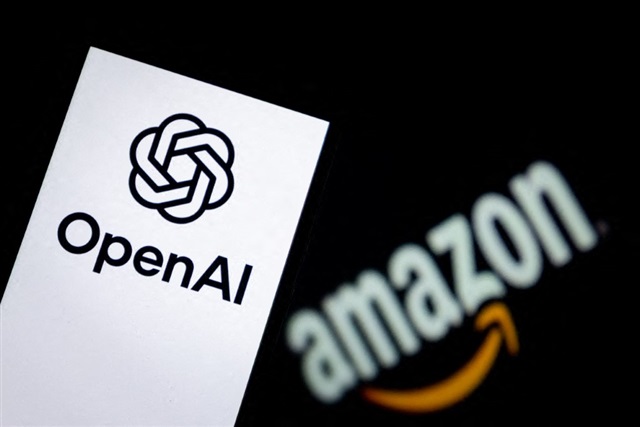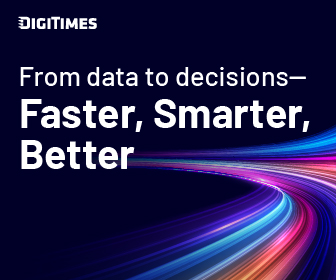Amazon Web Services (AWS) and OpenAI have announced a US$38 billion, multi-year strategic partnership that will see OpenAI use AWS infrastructure to run and scale its artificial intelligence workloads. The deal underscores growing demand for computing power as the AI industry continues to expand rapidly.
According to the official press release, AWS will provide OpenAI with access to hundreds of thousands of Nvidia GPUs through Amazon EC2 UltraServers, with the capacity to scale to tens of millions of CPUs over the next seven years. The infrastructure will be optimized to support both training and inference workloads for ChatGPT and future models. All targeted capacity is expected to be deployed before the end of 2026, with further expansion possible into 2027 and beyond.
OpenAI CEO Sam Altman said in the statement that "scaling frontier AI requires massive, reliable compute," adding that the partnership strengthens "the broad compute ecosystem that will power this next era and bring advanced AI to everyone." AWS CEO Matt Garman described the collaboration as a natural extension of OpenAI's ambitions, saying AWS's infrastructure "will serve as a backbone for their AI ambitions."
The partnership builds on existing cooperation between the two companies. Earlier this year, OpenAI's open-weight foundation models became available on Amazon Bedrock, making them accessible to millions of AWS customers. OpenAI's models are now among the most popular on the platform, used by companies such as Peloton, Thomson Reuters, and Verana Health for agentic workflows, coding, and scientific analysis, according to AWS.
Bloomberg reported that the arrangement highlights OpenAI's evolution from a research-focused organization into a global artificial intelligence powerhouse. The company has reportedly committed US$1.4 trillion to infrastructure investments to advance its AI models, reflecting an unprecedented scale of spending in the technology sector. Reuters similarly noted that the deal underscores the AI industry's "insatiable appetite for computing power" as developers strive to build systems that can rival human intelligence.
For Amazon, Bloomberg described the deal as an endorsement of its capability to run vast data center networks amid rising competition from Microsoft and Google. Reuters added that the agreement represents a major vote of confidence in AWS, which has recently shown renewed growth momentum, easing investor concerns about its position in the AI infrastructure race.
Analysts view partnership as strategic win, reinforcing AWS's AI leadership and easing OpenAI's global expansion
Analysts broadly viewed the partnership as strategically positive for both companies. Bloomberg Intelligence said the deal "makes sense given AWS's leading market share and distribution prowess," noting that the US$38 billion contract—spread over seven years—could pave the way for future agreements on a larger scale. Analysts Anurag Rana and Andrew Girard added that including AWS as a key cloud provider could ease operational pressures for OpenAI and support its international expansion.
Evercore ISI called the partnership a "tailwind for AWS," estimating that the deal could contribute to Amazon's cloud business achieving sustained revenue growth above 20%, potentially pushing the company's stock valuation toward US$500 per share. Wedbush analysts said the move "builds on Amazon's current partnership with Anthropic," reinforcing its leadership in generative AI services.
KeyBanc Capital Markets observed that the collaboration demonstrates AWS's participation in OpenAI's growth and its flexibility in offering a range of compute solutions, including Nvidia GPUs, rather than relying solely on its proprietary Trainium chips. PP Foresight analyst Paolo Pescatore told Reuters the agreement is "a hugely significant deal" and "a strong endorsement of AWS compute capabilities to deliver the scale needed to support OpenAI."
With this partnership, AWS secures a major foothold in the rapidly expanding AI infrastructure market, while OpenAI gains access to one of the world's most scalable and secure cloud platforms—positioning both companies to play leading roles in the next phase of global AI deployment.
Article edited by Jack Wu



